Acanthomyrmex thailandensis
70,29 € – 234,36 €
Worldwide shipping
Free delivery over 500 PLN
The highest quality of goods
Live delivery guarantee
24/7 Personal Support
Fair Prices
Description
Acanthomyrmex thailandensis is a species of ant that is polygynous and has colonies of up to 1000 workers. The development rate is medium and the ants vary in size, with the queens measuring 4-6 mm, workers measuring 3-4 mm, and majors measuring 5-8 mm. They are brown-red in color and their nutrition includes food insects, syrup, fruit, vegetables, jelly, and cooked chicken.
Additional information
| Behavior | |
|---|---|
| Difficulty in breeding | |
| Origin | |
| The size of ants | |
| Wintering |
Acanthomyrmex thailandensis Ant Colony
Colony type: Polygyny
Colony size: up to 1000 workers
Development rate: medium
Size:
- Queen: 4-6 mm
- Workers: 3-4 mm
- Majors: 5-8 mm
Color: brown-red
Nutrition:
The Acanthomyrmex thailandensis colony requires a varied diet including:
- Food insects such as cockroaches and crickets
- Syrup made from a mixture of water and honey
- Fruits and vegetables
- Jelly
- Cooked chicken without salt or shrimp
- Honey
- Soft grains
Providing a diverse range of food sources will ensure the health and vitality of the Acanthomyrmex thailandensis colony.
Humidity:
The ideal humidity levels for the Acanthomyrmex thailandensis are:
- Arena: 50-70%
- Nest: 70-90%
Monitoring and maintaining the correct humidity levels is essential for the well-being of the colony.
Temperature:
The Acanthomyrmex thailandensis thrives in the following temperature ranges:
- Arena: 24–30°C
- Nest: 22–27°C
Providing a suitable temperature environment is crucial for the growth and development of the colony.
Feature of the species:
The Acanthomyrmex thailandensis is known for its unique characteristics:
- Usually, a colony consists of 1-3 Queens
- Soldiers are larger than queens
- They have a huge head disproportionate to the body
These distinct features make the Acanthomyrmex thailandensis an intriguing species to observe and study.
Recommended nests for breeding:
For optimal breeding conditions, we recommend using the following types of nests:
- Acrylic nests
- Cork nests
- Plaster nests
- Digfix
These nests provide the necessary environment for the Acanthomyrmex thailandensis to thrive and expand their colony.
For this species, we highly recommend the use of our specially designed formicariums: Spoko or Ziom. These formicariums are designed to meet the specific needs of the Acanthomyrmex thailandensis, providing them with a comfortable and suitable living space.
Investing in the right formicariums will ensure the health and successful growth of your Acanthomyrmex thailandensis colony.
It is smaller in size and has a different shape of spines on its body.
It is characterized by thinner mandibles and fewer teeth.
It is endemic to Thailand, as the name suggests. Its range may overlap with A. mizunoi, but they occupy different ecological niches.



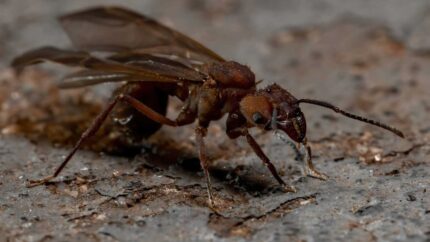
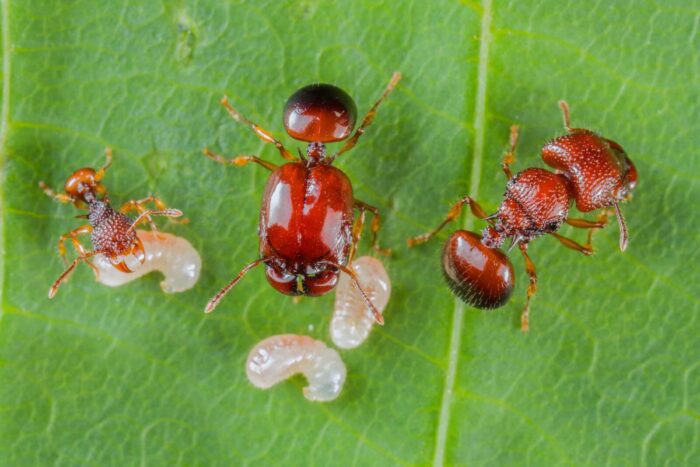
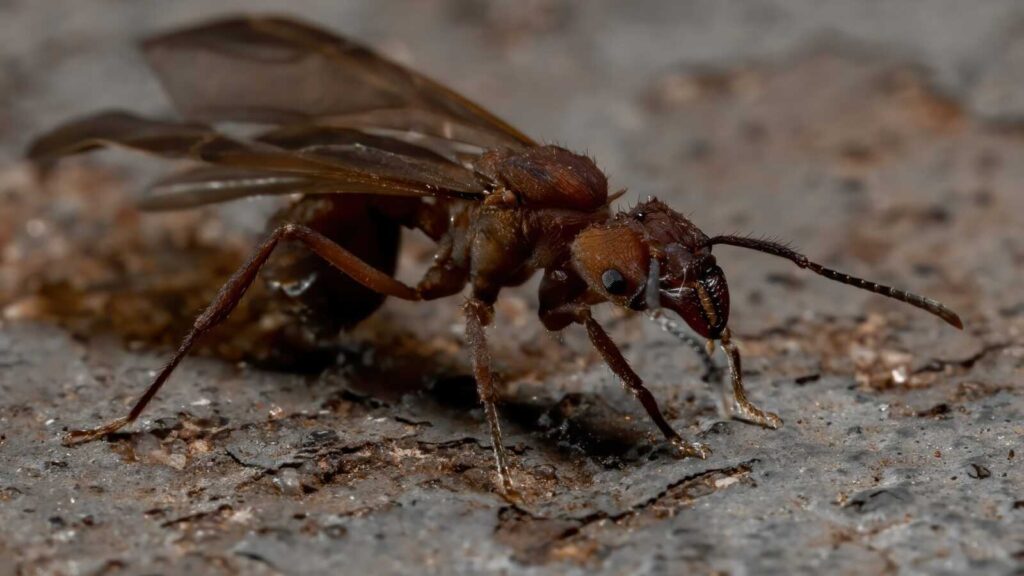
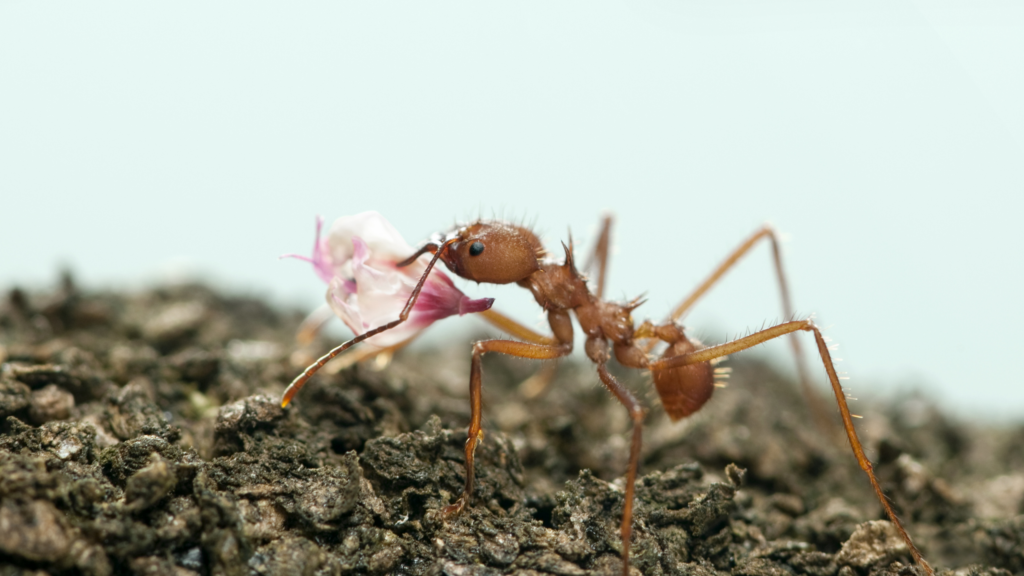
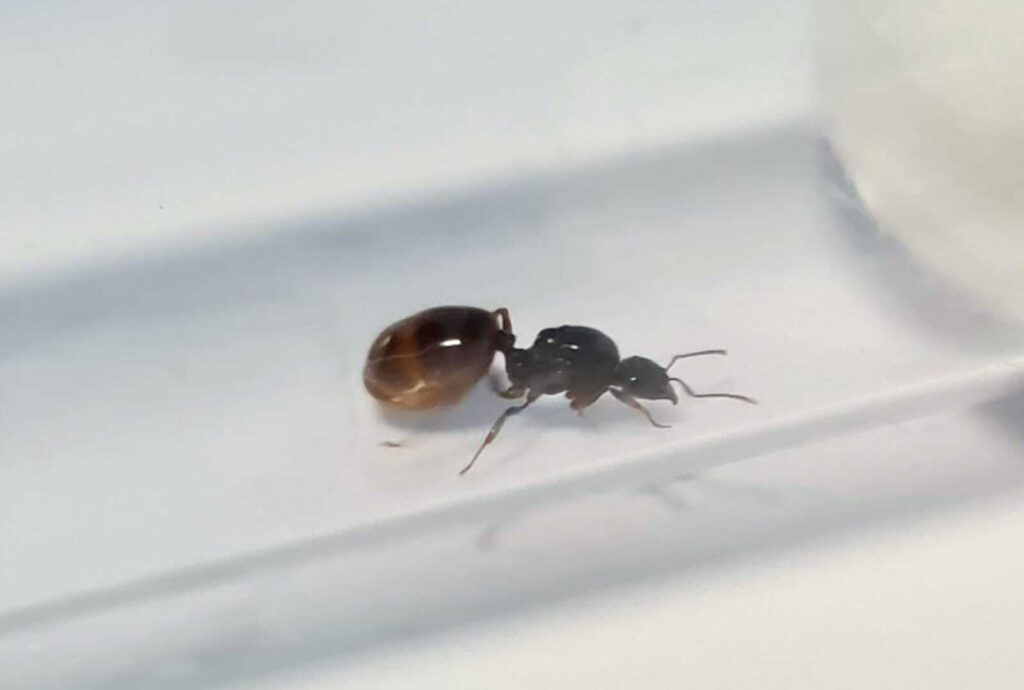
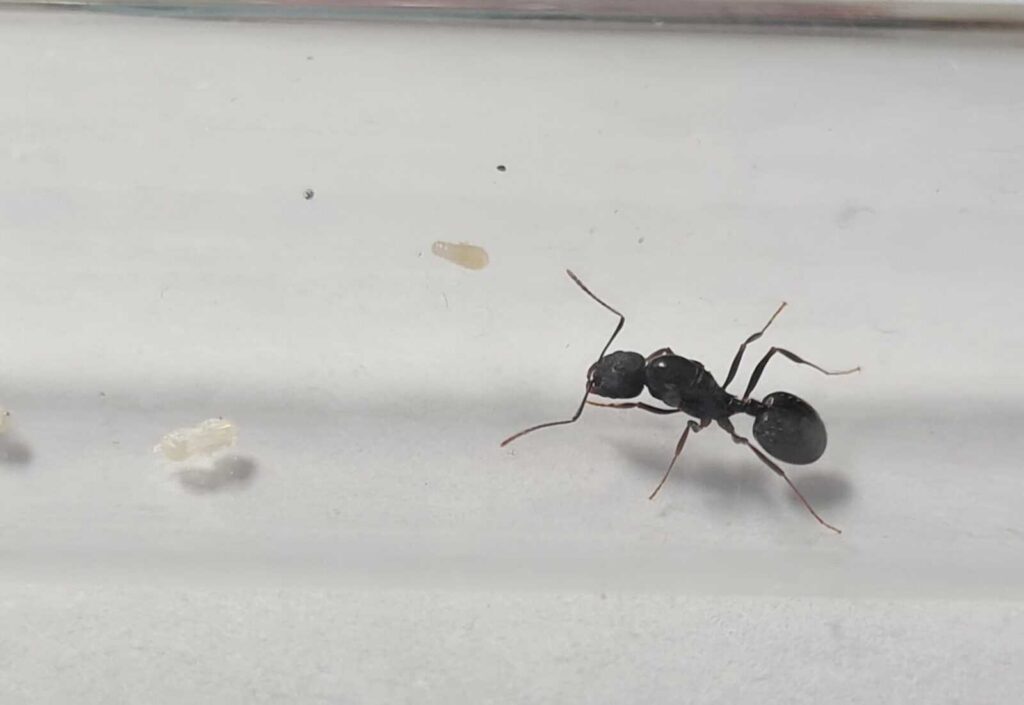
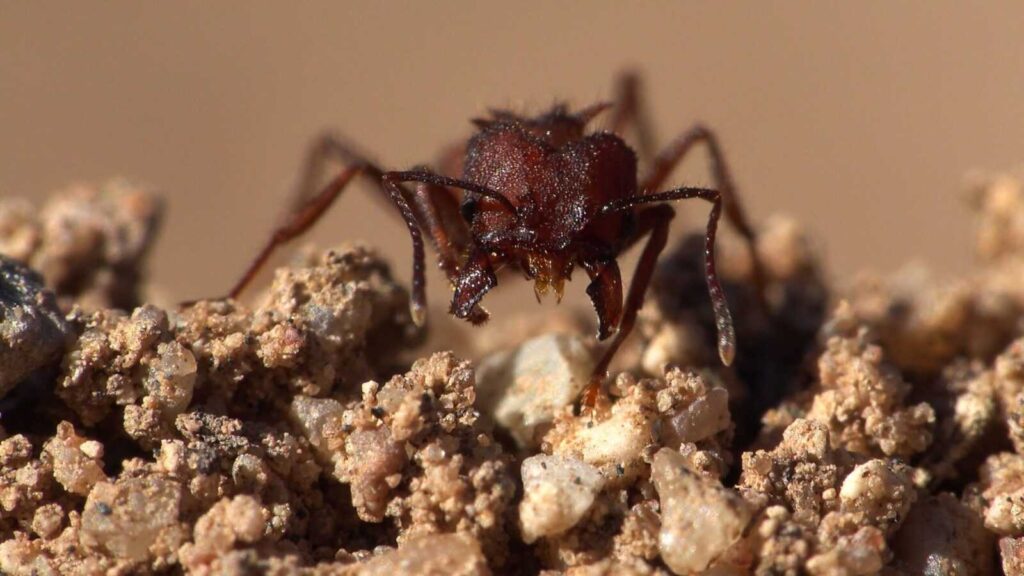
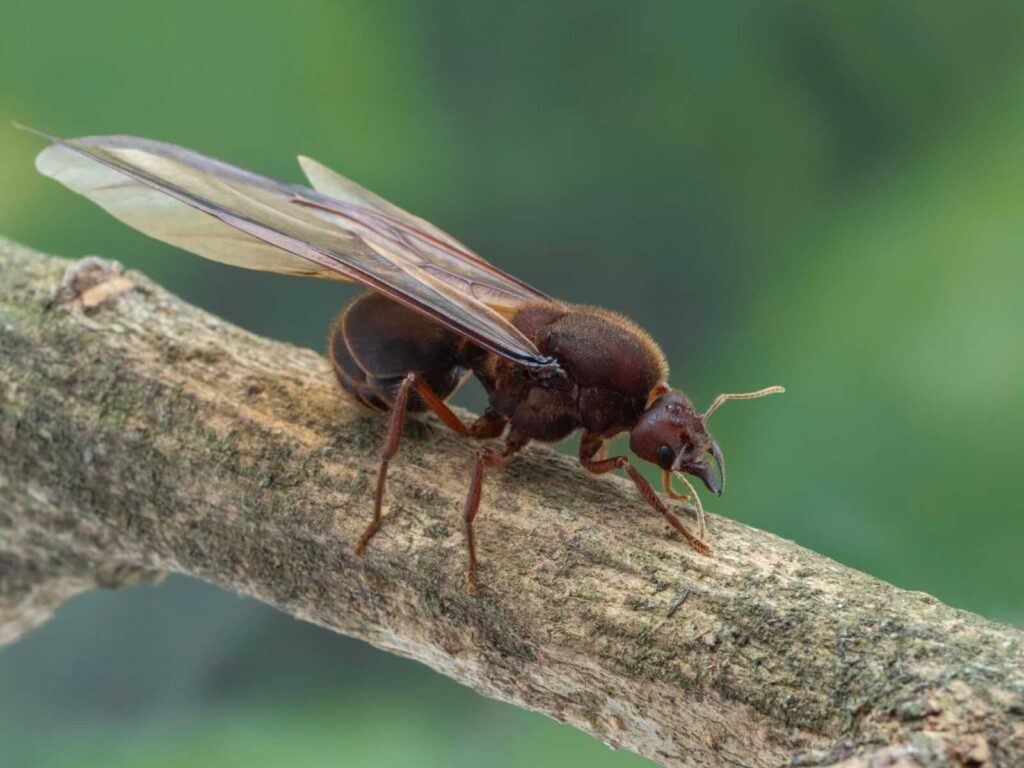
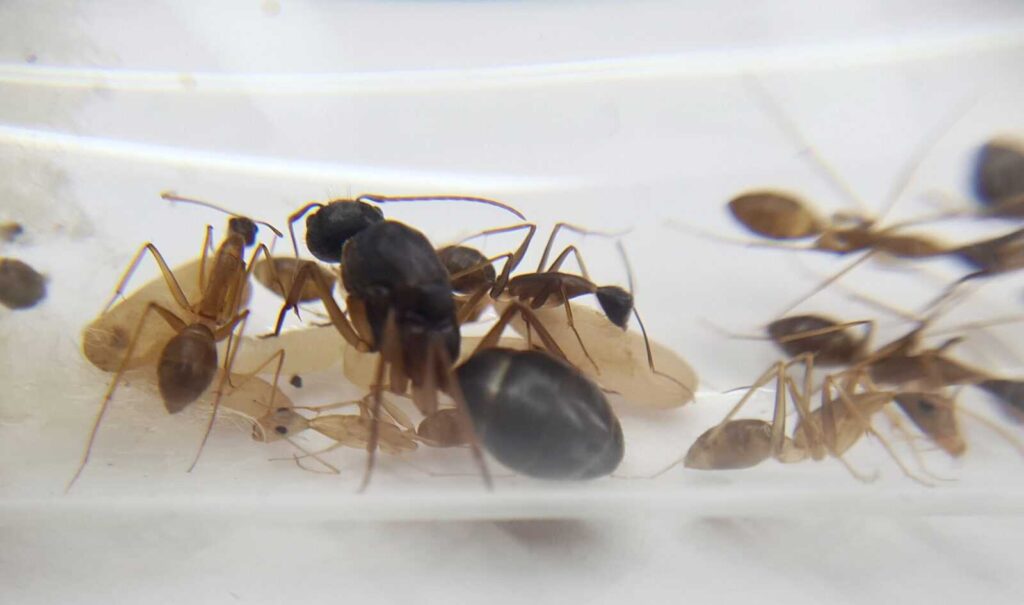
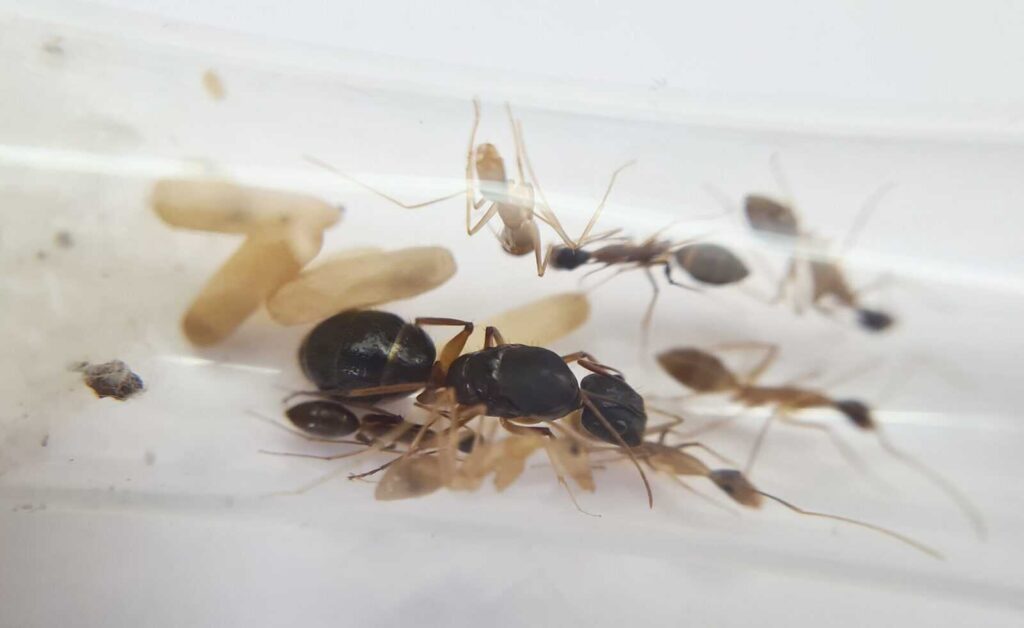
There are no reviews yet.